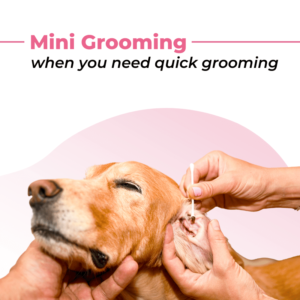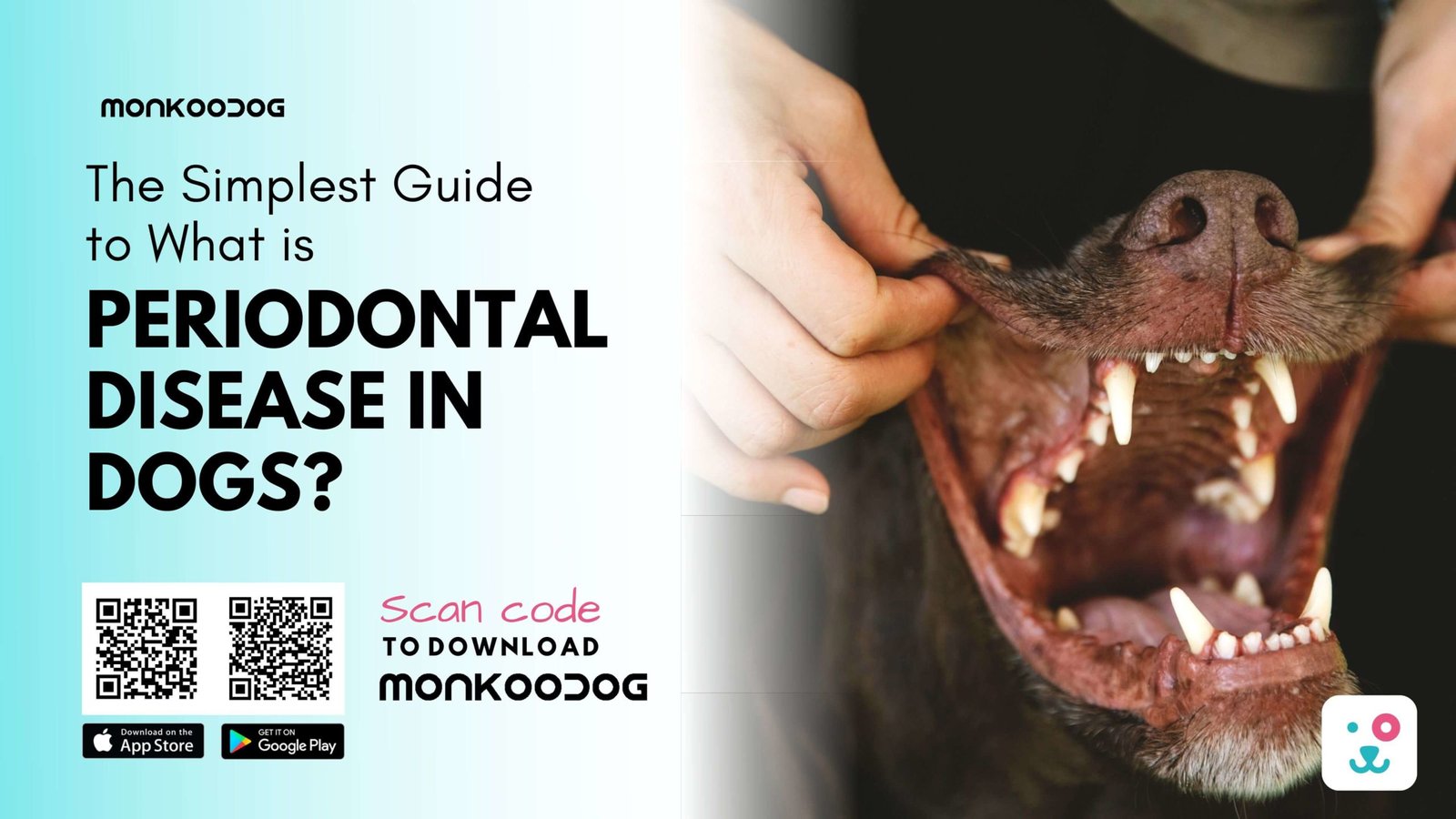
Home » The Simplest Guide to What is Periodontal Disease in Dogs?
Is Periodontal Disease in Dogs harmful and can even kill them? 😨
Dental diseases are the most painful for humans, isn’t it? You immediately rush to your dentist when you have a slight pain in your tooth or gums.
Your dog is no exception!
Dental disease is one of the most common conditions found in dogs, and surprisingly they show no signs of it, making it extremely difficult to detect and cure.
But lucky for everyone, Periodontal diseases in dogs are preventable.
Most people are highly unaware of the disease. I’m going to address everything about:
By reading this blog post, You will be highly aware of the disease and its corrective measures without causing your pet to go through much pain.
Let’s get started, Step by Step!
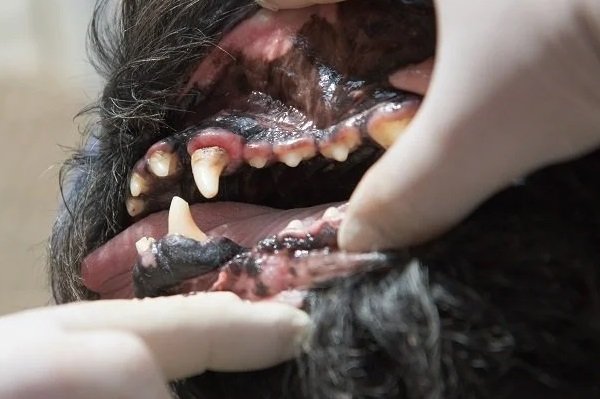
Periodontal Disease is one of the most common dental diseases amongst the canines. It is caused by tartar and dental plaque accumulation, which triggers an inflammation affecting the dogs’ teeth, gums, and bones.
The results of a severe Periodontal Disease are gum infections, loss of bone, and other serious health problems such as loss of teeth if it is left untreated.
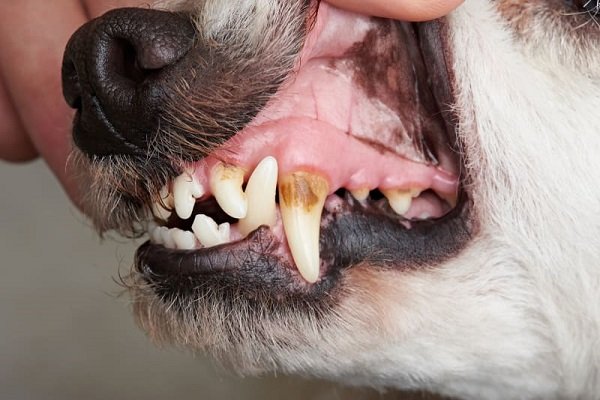
In the later stages of gum disease, your dog may experience chronic pain that mostly might tend to hide out due to instincts to avoid being vulnerable to predators.
Periodontal disease effects are not limited to your dog’s mouth; instead, they will further lead to problems with specific organs and cause significant heart diseases.
The bacteria enter the mouth, get into the bloodstream, and then attach themselves to arteries surrounding the heart.
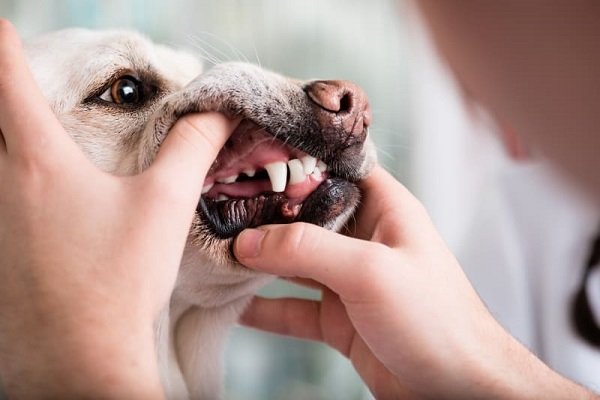
The Minerals in the Saliva transform the plaque into a much harder dental calculus called Tartar that bonds with your teeth in two to three days.
It’s not until your dog is three years old that the tartar begins its process of appearing and spreading out.
As their immune system begins to battle this bacteria, bleeding gums and more disease symptoms become apparent.
Every dog is likely to be affected by Periodontal diseases, but the smaller breeds like a Shih Tzu and a Pug show a much greater vulnerability.
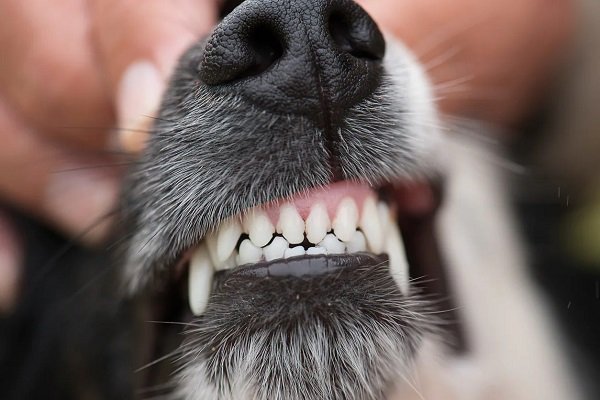
The reason being smaller teeth trap food particles very quickly, and the mixture of food and saliva causes the oral cavity.
Poor nutrition and diet can also lead to the development of plaque and tartar, which eventually causes severe periodontal disease. Poor dog grooming techniques can also leave a dog vulnerable to the infection because your dog is constantly licking himself.
The alignment of the teeth, unclean toys and oral hygiene can also be critical in determining gum diseases because a dog with crowded teeth is more affected by the bacteria.
Also See:- Dog Diabetes: How To Deal With The Condition
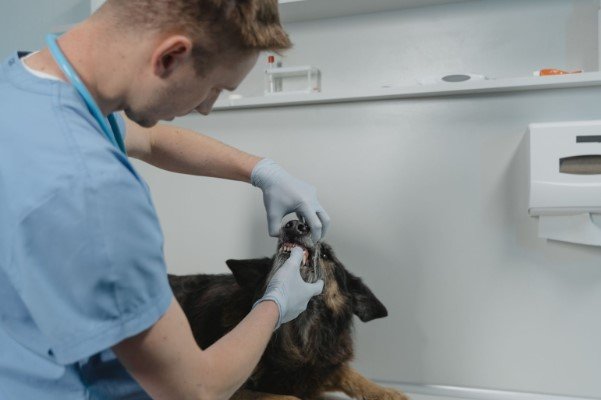
If your dog has an oral infection, The tartar above the gum line is often noticeable when you look inside your dog’s mouth.
If you ignore the signs and symptoms and leave it untreated, Periodontal disease can have severe health complications on the dog’s mouth and the overall health of its body. Some of these health issues include the risk of organ damage, Eyesight issues, Jaw fractures, tooth diseases, and Mouth Cancer.
Hence to avoid all these diseases, it is essential to have a dental check regularly and make sure your dog has excellent oral health.
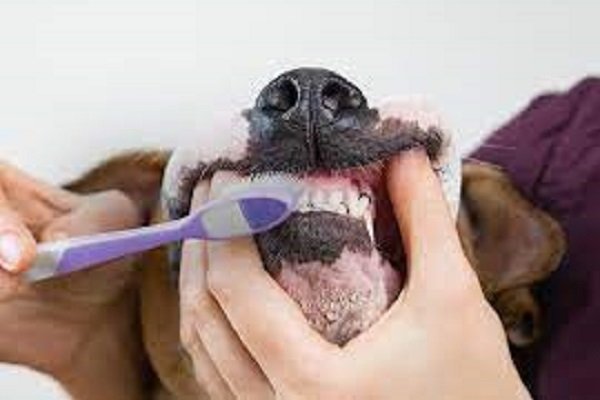
The harsh truth is no one takes care of their pets as they should. They are like toddlers who need a lot of care and attention throughout the day because they cannot speak out if they have some kind of trouble.
Dog owners often ignore dental symptoms because they feel it’s not something to be concerned about. But with good oral hygiene, periodontal disease is avoidable..
Periodontal disease in dogs is not reversible apart from the first stage, so prevention is always better than cure…
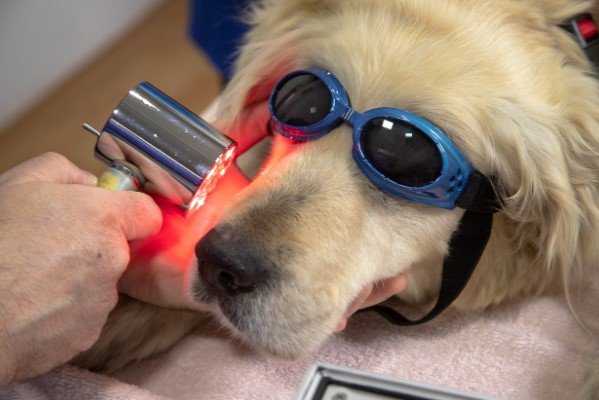
The great thing is Periodontal disease in dogs is treatable, and if it is detected early, it can also be reversible. You need to check out their dental health proactively and take them for regular checkups.
You should shoot all your queries about taking care of your pet at home and how often should you get your pet for an oral check-up?
Depending on the level of care your VET and you provide your dog, they also need other factors and treatments that have a fluctuating cost factor.
Through a dental check-up, a VET may be able to see the signs and symptoms of periodontal diseases, such as red gums, tartar, and plaque.
Periodontal disease in dogs is cured just as it’s fixed in humans simply with a complete cleaning and removal of tartar from the teeth.
The safest way is by using anesthesia to clean above and below the dog’s gum line. It also allows the VET to examine the entire mouth for any other signs of oral infection that can be harmful to your pet.
If they observe any signs, they will prescribe your dog antibiotics and painkillers.
The basic idea is to take your dog for a medical check-up every six months.
Even though dental diseases are not uncommon in dogs, they never have to be a problem for your pet. By taking care of them by following the basic precautionary measures and working with a VET, you can easily manage your dog’s oral health.

Let me summarize the entire blog post so you don’t miss out on any vital information.
Periodontal disease in dogs is one of the most common dental infections in dogs, The accumulation of tartar and plaque causes it.


You can treat the disease in your dog by proactively checking up on them and regular VET Visits; It’s that simple!
Also See:- 4 Things You Should Consider To Keep Your Dog Safe

